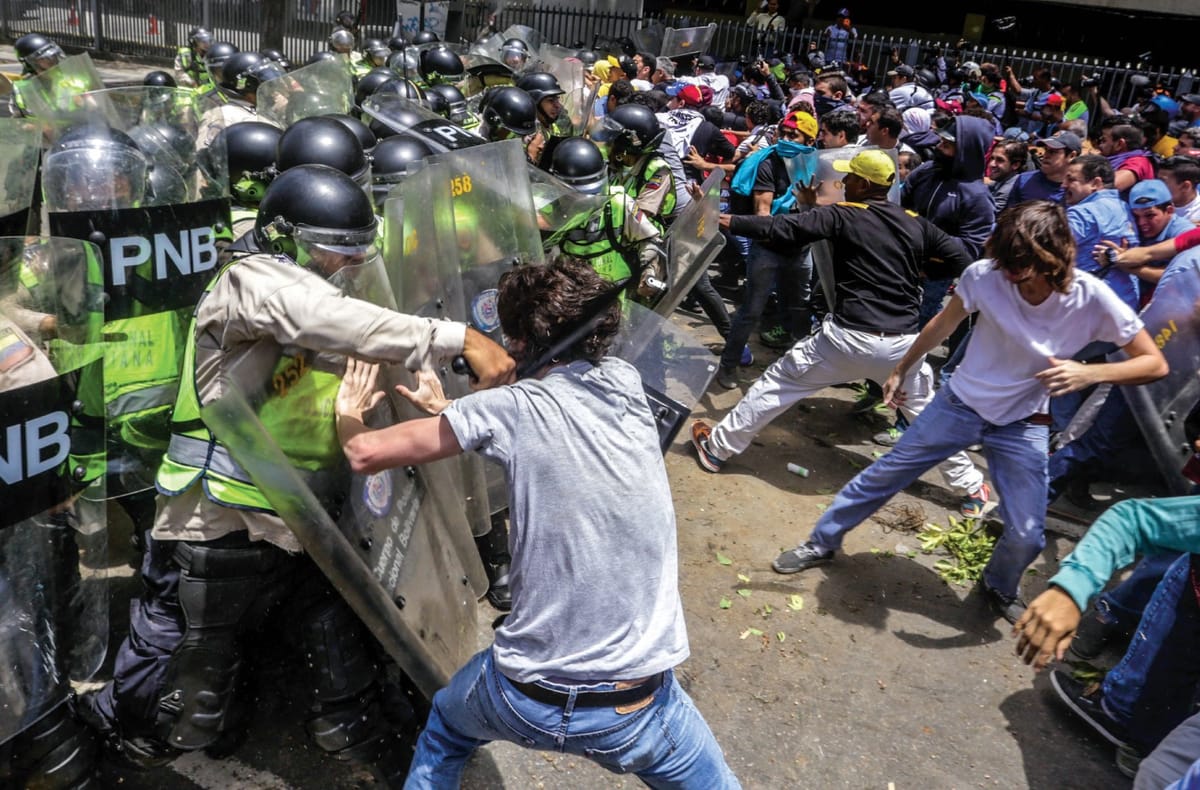Eltitoguay
Well-known member
On the current situation between Israel and Palestine: Official statement from the Communist Party of Spain, as a minority partner of the current Spanish Government, on its recognition of the Palestinian State:


 en.wikipedia.org
en.wikipedia.org

(May 22, 2024)
The President of the Government announced today in Congress that Spain, in accordance with the agreement adopted by the coalition government, will recognise the Palestinian State on 28 May, as will Ireland and Norway. We are pleased that this step has already been taken by more than two thirds of the countries that make up the international community.
It is a decision that we celebrate and that is due to our presence in the Government and the numerous social mobilizations of solidarity carried out in Spain and internationally since the Zionist regime intensified the genocide on October 7, but that cannot stop there, since Israel continues to commit genocide in the Gaza Strip, and murdering hundreds of people in the rest of the occupied territories.
The PCE welcomes the recognition of Palestine as a state, but demands an immediate ceasefire, the immediate breaking of relations with Israel, an effective embargo on the purchase and sale of arms with the Zionist regime, an end to the genocide in Gaza and an end to the Israeli occupation of the rest of the territories, as well as the return of all Palestinian refugees.
The Communist Party of Spain demands increased international pressure so that the International Criminal Court agrees to the request of the Prosecutor's Office to arrest high-ranking Israeli officials, including the criminal Benjamin Netanyahu, so that it is carried out as soon as possible. Likewise, Spain must join the complaint filed by South Africa in the International Court of Justice to condemn Israel for Genocide.
Long live free Palestine!

 www.pce.es
www.pce.es

Partido Comunista de España - Wikipedia, la enciclopedia libre
 es.wikipedia.org
es.wikipedia.org

Partido Comunista de España - Wikipedia, la enciclopedia libre

Communist Party of Spain - Wikipedia
We celebrate the recognition of the Palestinian State by the Government of Spain :
- May 22, 2024

(May 22, 2024)
The President of the Government announced today in Congress that Spain, in accordance with the agreement adopted by the coalition government, will recognise the Palestinian State on 28 May, as will Ireland and Norway. We are pleased that this step has already been taken by more than two thirds of the countries that make up the international community.
It is a decision that we celebrate and that is due to our presence in the Government and the numerous social mobilizations of solidarity carried out in Spain and internationally since the Zionist regime intensified the genocide on October 7, but that cannot stop there, since Israel continues to commit genocide in the Gaza Strip, and murdering hundreds of people in the rest of the occupied territories.
The PCE welcomes the recognition of Palestine as a state, but demands an immediate ceasefire, the immediate breaking of relations with Israel, an effective embargo on the purchase and sale of arms with the Zionist regime, an end to the genocide in Gaza and an end to the Israeli occupation of the rest of the territories, as well as the return of all Palestinian refugees.
The Communist Party of Spain demands increased international pressure so that the International Criminal Court agrees to the request of the Prosecutor's Office to arrest high-ranking Israeli officials, including the criminal Benjamin Netanyahu, so that it is carried out as soon as possible. Likewise, Spain must join the complaint filed by South Africa in the International Court of Justice to condemn Israel for Genocide.
Long live free Palestine!

Celebramos el reconocimiento del Estado Palestino por parte del Gobierno de España.
Exigimos el cese al fuego, romper relaciones con Israel, el fin del genocidio y de la ocupación y el retorno de los y las refugiados.
 www.pce.es
www.pce.es
Last edited:













































































